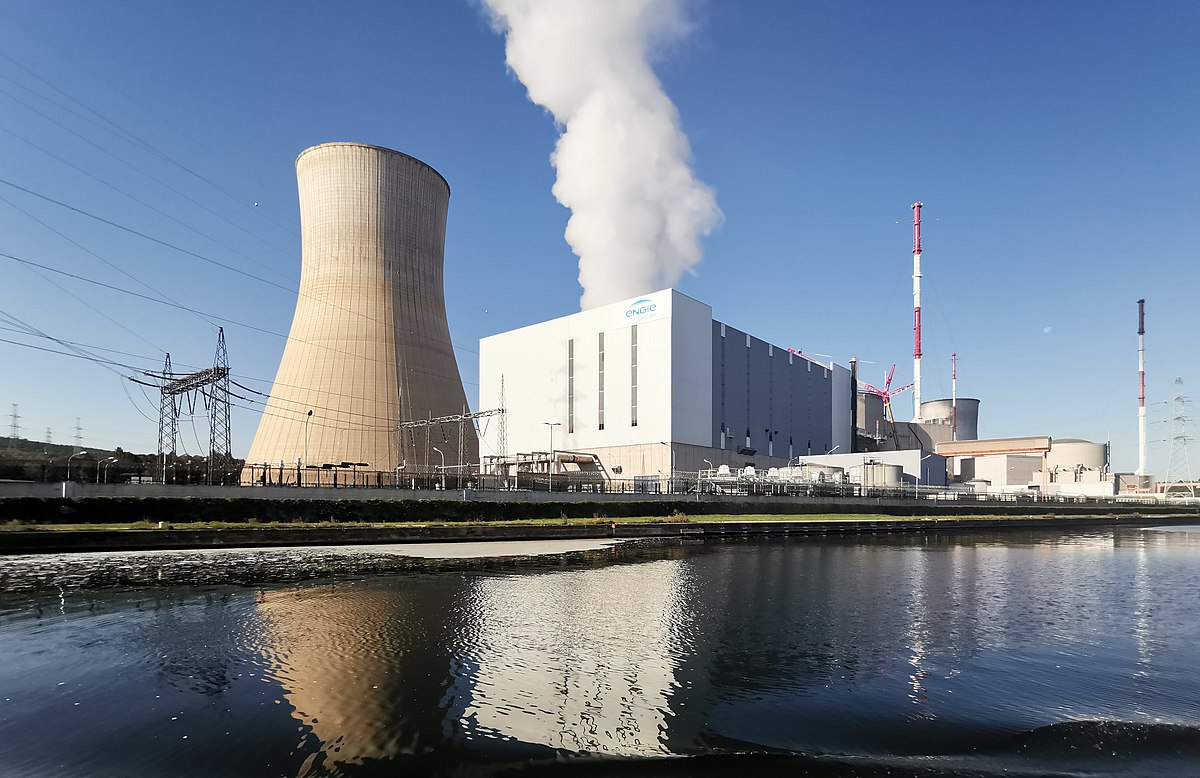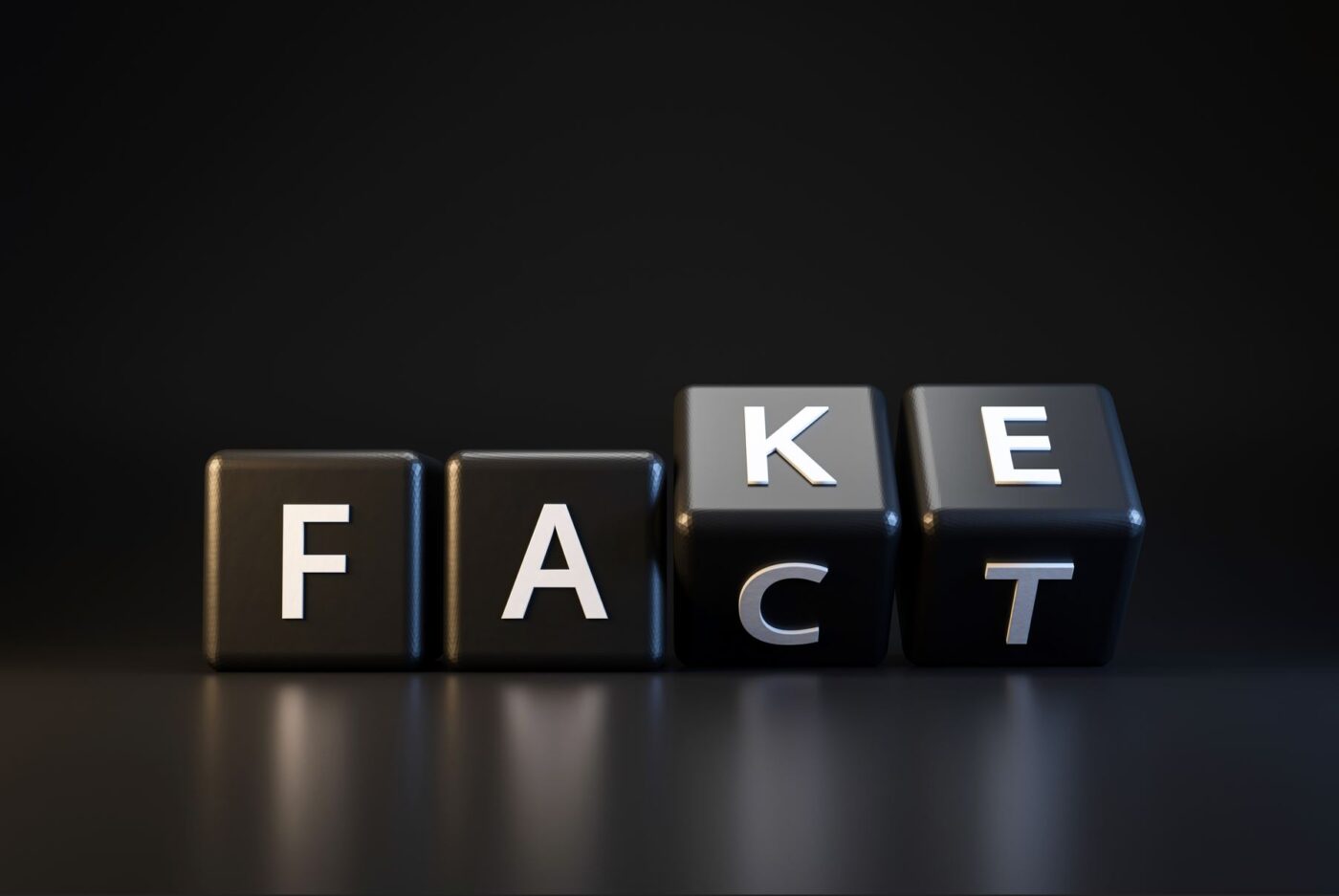“In reality the perspective of building offshore farms in Poland is quire remote. Even if the government includes them in the energy mix, electricity from the Baltic will be available no sooner than at the beginning of the next decade,” writes Teresa Wójcik, editor at BiznesAlert.pl
According to a brief statement by Energy Vice-Minister Grzegorz Tobiszowski made at a press conference on 11 July, the renewables bit of the Polish energy mix will include offshore wind farms. They were only enumerated, but it drew attention as it is a big change. Not that long ago Krzysztof Tchórzewski, the Minister of Energy, emphatically rejected offshore wind farms, which were not included in the Responsible Development Plan.
Does Statoil want to take over Polenergia’s projects?
Scandinavian energy companies, such as Norway’s Statoil, Sweden’s Vattenfall and Denmark’s Dong are to a large extent and at a different pace starting to invest in renewable energy sources. Statoil launched large-scale offshore wind farms projects in the North Sea near the shores of Great Britain and Norway. It is also beginning to implement projects in the Baltic Sea. So far in German waters only. Statoil is building the Arkona wind farm with a capacity of 385 MW, which will be located 35 km north of the German Island of Rügen south of the Danish Bornholm. The estimated cost of the investment will exceed EUR 1.2 billion. Arkona is to provide electricity for 400 thousand households in Germany. It will have 60 six-megawatt turbines, mounted on monopile foundations, placed at 23 to 37 meters underwater. The farm will commence commercial production in mid 2019.
According to my source at Statoil, the Norwegian tycoon is getting very interested in Baltic wind farms and may cooperate, among others, with PGE and Polenergia, which are designing Polish wind farms. The negotiations with Polenergia are quite advanced, but before the end of June, Statoil came up with the idea to completely take over Baltic III and Baltic II. It is hard to verify this information. The response from Polenergia is scant and only reveals that “one of the partners is interested in taking over the Polish project.” While the foreign companies are saying that it is Polenergia who is looking for a buyer “to purchase everything.”
Polenergia is the most advanced company when it comes to offshore wind farms.
Polenergia as a leader in investments in offshore wind farms in Poland, “wants to build two such objects with the support of an experienced partner.” The total planned capacity of the farms Baltic III and Baltic II is 1200 MW, which is 3 times as much as the capacity of the designed onshore farms, whose construction has been actually suspended because of the newly enforced regulations. The take-up of energy is to be secured for 15 years based on the obligation to purchase and a contract for difference as part of a bidding system. However, I did not manage to find out whether and with whom the mentioned obligation and contract have been already signed.
However, it is known that in the area of the Szczecińska Lowland there is a group of power stations that meets the electricity demand in the region. At the same time energy transmission is unprofitable because of the losses. PSE, the Polish grid operator, is not talking to any offshore wind farm investors on connecting them to the offshore transmission systems that connect Poland with Sweden, among others. Beata Jarosz, PSE’s spokesperson said that the farms will be connected to the Polish grid in Słupsk and Żarnowiec.
Polenergia has already received permissions to create artificial islands to install turbines. It is also familiar with the conditions for connecting with the national transmission system at two stages between 2020 and 2025. Additionally, the company has official location permits for the entire offshore route of the connecting cable and approved environmental documentation. Vice-President Jacek Głowacki, an experienced manager that heads the Polenergia Management Board has recently stated:
“As an energy group, Polenergia is investing in diversification both in the area of conventional as well as renewable energy. One of the company’s pillars of development are the future wind farm projects in the Baltic Sea, which are characterized by high stability and are compatible with Poland’s energy strategy as well as new legal regulations.”
Waiting for better times…
However, Polenergia’s situation is not the best. Both when it comes to finances and, as it seems, the company’s structure. According to BZ WBK Brokerage House, Polenergia has to wait for better times. In the spring of 2017, the Brokerage House issued for its stock exchange clients the “keep” recommendation for Polenergia’s stocks and assessed their target price at PLN 14.6. This means the recommendation has been downgraded from the earlier “buy”, when the price was at PLN 17.2. This is a significant drop, but it does not exclude the possibility of growth.
Polenergia still doesn’t have a President of the Management Board. On 28 April 2016, the Supervisory Board accepted Zbigniew Prokopowicz’s resignation. Anna Kwarcińska and Michał Kozłowski quit their positions as Vice-Presidents. At the same time, the Supervisory Board appointed Jacek Głowacki to coordinate the Management Board, who prior to that was the first Vice-President of the Management Board, but did not give him the position of the President. The official statement said that “by appointing Jacek Głowacki, who has been with Polenergia since 2011, to coordinate the Management Board, the Supervisory Board wanted to guarantee that the current strategy of the company would be continued and that the development plans would be adapted to the changing regulatory environment.” There have been opinions, without any justification, that the lack of decision on nominating the President was caused by Polenergia’s ownership structure. Currently the company is owned by: Kulczyk Investments SA (via a subsidiary Mansa Investmens) -50.20%; China Central and Eastern Europe Investment Co-operation Fund SCS SICAV-SIF (via subsidiary Capedia Holdings Limited in Nicosia, Cyprus) – 15,99%; Nationale-Nederlanden OFE – 5,67%; Generali OFE – 6,48%;AVIVA OFE – 7,83%; remaining smaller shareholders – 13,83%.
Scandinavians: participation in offshore wind farms for Baltic Pipe support …
The other company that is starting to invest in offshore wind farms is the state-owned PGE. There is also space for others in the Baltic Sea, 6 GW could be produced there by 2030. However, so far only Polenergia and PGE have had access to a land connection. Together the projects have a total capacity of 2.2 GW. The former company has made more progress so far, as it already has environmental consent for two farms – 600 MW each.
Scandinavians are interested in participating in Polish offshore wind farm projects. The stake in the negotiations may be their participation in the Baltic Pipe endeavor. During the negotiations on the Baltic Pipe, the Danish asked whether they could participate in the Polish offshore projects in exchange for supporting the underwater gas pipeline. Statoil, Dong and Vattenfall have been in touch for some time now with the two Polish companies, i.e. the private Polenergia and state-owned PGE.
So far the potential investors have been withholding their money. This is happening for a few reasons. First of all, the consumers and the complicated issue of transmitting and accepting energy. Secondly, it is not certain whether there will be a separate system for offshore wind farms, or whether the existing regulations for, e.g. auctions will be amended. And most of all, it remains unknown what place in the Polish energy mix will be held by renewable energy sources, including offshore wind farm electricity. As I have already mentioned, Vice-Minister of Energy Grzegorz Tobiszowski, when presenting the assumptions of the energy policy announced that renewable energy will have a specific place “including offshore wind farms.”
Polenergia, even though its project is far more advanced, will most probably have to wait for PGE to catch up. Especially that the further stages of the project require more money, which means the securing of resources is necessary. Maciej Stryjecki, the Chairman of the Foundation for Sustainable Energy believes that the interest of Scandinavians could be used, especially that neither of our companies will be able to single-handedly implement such demanding projects.








